Posts About Latest Discoveries
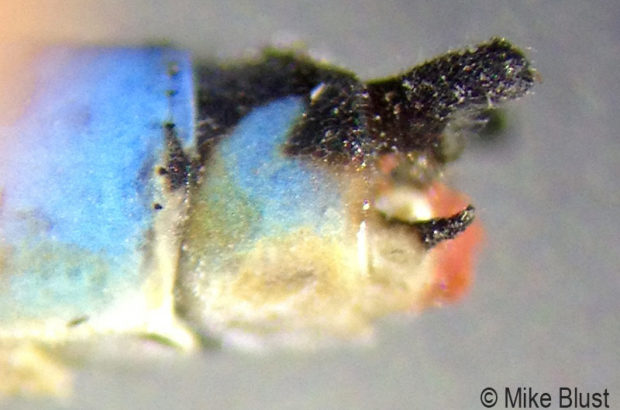
A New Vermont Damselfly
The diversity of life in Vermont, at least what we know of it, is now a bit richer. Nine days after the discovery of a dragonfly not previously known from the state, we have a new damselfly as well: River Bluet (Enallagma anna).
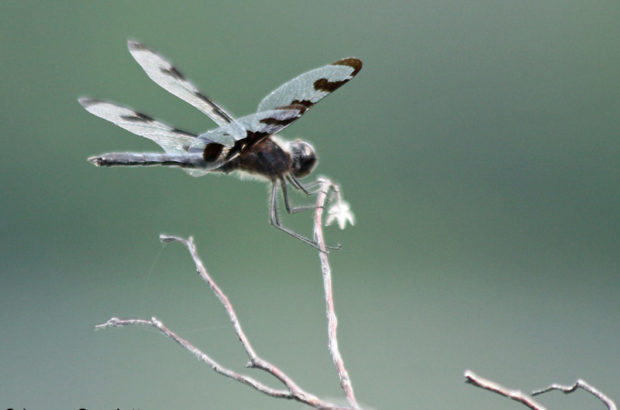
A New Vermont Dragonfly
That dragonfly above is now a bit of Vermont natural history — the first Banded Pennant (Celethemis fasciata) ever documented in the state. The perceptive naturalist Laura Gaudette found and photographed him while kayaking on Sadawga Lake in Whitingham yesterday. Congrats to Laura!
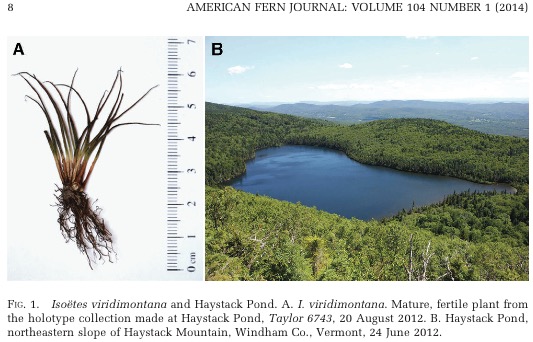
New to Science: Quillwort Discovered in Vermont
Green Mountain Quillwort (Isoetes viridimontana) was discovered in 2010 by Michael Rosenthal, an amateur botanist from Vermont and recently described as a new species. As reported in American Fern Journal, the Green Mountain quillwort is special for a number of reasons.
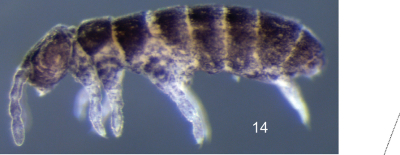
New to Science: Three Springtails Discovered in Vermont
In 2011 Felipe N. Soto-Adames and colleagues described three new species of springtails, all discovered in Vermont.

New to Science: Ground Beetle Discovered in Bridgewater, Vermont
David Maddison looked at the morphological, cytogenetic, and molecular variation within the Bembidion chalceum and B. honestum group and found that the concepts of these two consisted of a complex of at least seven species. The new Bembidion chalceum subgroup consists of B. chalceum, B. rothfelsi, B. bellorum, B. antiquum, and B. louisiella. The B. honestum subgroup consists of B. honestum, B. arenobilis, B. integrum and B. rufotinctum. B. rothfelsi type locality is along the Ottauquechee River in Bridgewater, Vermont.
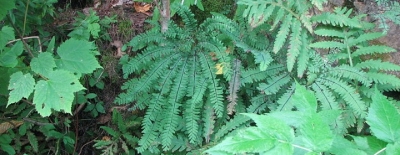
New to Science: Maidenhair Fern Described from Vermont
This new species of fern was formerly described by Cathy Paris in 1991. It is a very rare fern only known from 7 places in Vermont and Quebec.






